This is considered a very big and heavy "mission". Therefore, the City Party Committee's Steering Committee on Science , Technology, Innovation and Digital Transformation (Steering Committee 57) is very determined to find new solutions and solve Hanoi's "big problems" to carry out the above "mission".
According to Mr. Tran Anh Tuan, mastering core technology, especially chips and semiconductors, is identified as a strategic path to bring great added value and enhance the international competitive position for Hanoi and the whole country. However, choosing the wisest and most suitable direction in the global semiconductor value chain from design, production to packaging... is a complex problem, requiring in-depth consultation from experts and scientists.
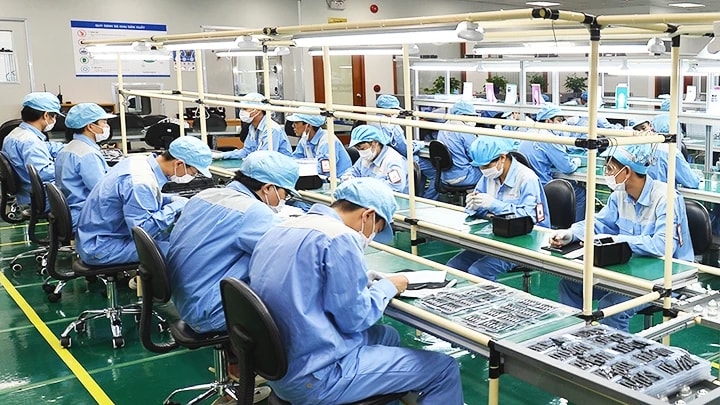
Speaking at the recent seminar on "Positioning in participating in the global semiconductor supply chain: Criteria, leading powers, Vietnam's path and Hanoi's vision", Prof. Dr. Nong Duc Ke, Director of the ASIAN High Technology Research Institute, said that the core and prerequisite factor for Hanoi and Vietnam in the semiconductor race is to "accurately position" their position and role in the global value chain. From practical experience at leading manufacturing facilities in the US, it can be seen that the scale of this industry is extremely large, with complex technology levels and requires huge investment capital, up to tens of billions of USD...
Prof. Dr. Nong Duc Ke affirmed that developing the semiconductor industry is an effort beyond the capacity of one locality alone. To be successful, it requires the cooperation of the whole country, a synchronized national strategy with the spirit of "willing to play, willing to spend and willing to share" - that is, daring to participate in a global game, accepting large investments and being ready to cooperate and share.
Taking a lesson from India, getting positioning wrong can lead to decades of waste and the cost of re-doing things is extremely expensive. So getting the right direction right from the start is vital. This is a sector with extremely high barriers to entry, with only about 18 countries and territories currently playing a significant role, so every move needs to be carefully calculated and strategic…
To have a semiconductor industrial center, Dr. Ngo Dac Thuan, Chairman of the Board of Directors of IP Group Joint Stock Company, said that it is necessary to implement contents on human resource training, intellectual property rights, high-tech products, incubation, transfer and start-up; processing services; making sample products...
Dr. Ngo Dac Thuan proposed that Hanoi City should not only focus on training and developing 100% of semiconductor chip design engineers, but should divide them according to the ratio (30% chip design, 40% participating in the chip manufacturing process chain, 30% for packaging and testing).
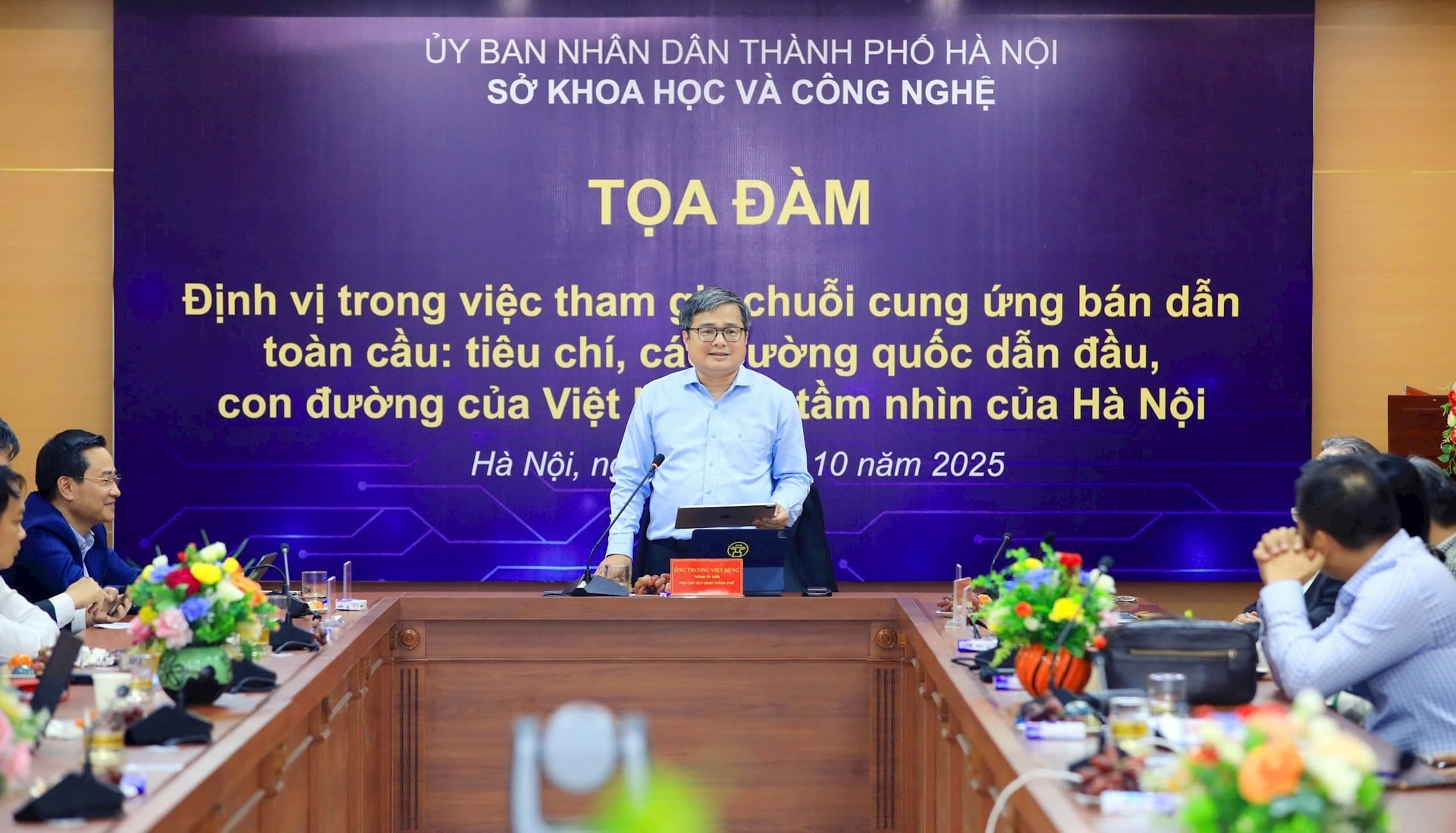
At the same time, it is necessary to promote the development of creative thinking, innovation, design thinking and research process management; semiconductor chip production through R&D activities and intellectual property management. Strengthen incentives for the development of supporting industries, supporting semiconductor chips through attracting FDI enterprises and domestic enterprises in the global supply chain...
According to Vice Chairman of Hanoi People's Committee Truong Viet Dung, the city identifies the development of the semiconductor industry as a strategic task, playing a pioneering role in realizing the target of double-digit economic growth. With the orientation of developing two national semiconductor industry centers, Hanoi proactively seeks a "chief architect" with the role of leading, advising and building a comprehensive development strategy for the capital's semiconductor industry, from policy planning, human resource training to infrastructure development.
In addition, Hanoi City affirmed its commitment to investing heavily in science and technology. The city will allocate 4% of its total budget for this sector, ensuring the implementation of key projects, including the semiconductor industry, in a practical and effective manner.
In addition, instead of investing in building innovation centers on its own, Hanoi has changed its mindset towards utilizing and supporting existing "Innovation Hubs" of private units. The city will play a supporting and connecting role to turn these centers into part of Hanoi's common ecosystem, creating a "win-win" cooperation model. This approach is learned from successful models in the world such as Seoul (Korea) and BLOCK71 (Singapore).
Hanoi has also implemented a pilot model of a controlled testing mechanism (sandbox). This is an important legal tool for the city to pilot innovative and flexible policies without being bound by current regulations, thereby accelerating the development of the industry. It can be seen that with political determination, abundant financial resources and specific mechanisms, Hanoi shows its initiative and readiness to become one of the leading semiconductor industrial centers in the country and the region.
Source: https://daibieunhandan.vn/ha-noi-san-sang-tro-thanh-mot-trong-nhung-trung-tam-cong-nghiep-ban-dan-hang-dau-cua-ca-nuoc-va-khu-vuc-10392654.html


![[Photo] Prime Minister Pham Minh Chinh meets with South African President Matamela Cyril Ramaphosa](https://vphoto.vietnam.vn/thumb/1200x675/vietnam/resource/IMAGE/2025/10/23/1761226081024_dsc-9845-jpg.webp)


![[Photo] President Luong Cuong holds talks with South African President Matamela Cyril Ramaphosa](https://vphoto.vietnam.vn/thumb/1200x675/vietnam/resource/IMAGE/2025/10/23/1761221878741_ndo_br_1-8416-jpg.webp)

![[Photo] Prime Minister Pham Minh Chinh chairs meeting on railway projects](https://vphoto.vietnam.vn/thumb/1200x675/vietnam/resource/IMAGE/2025/10/23/1761206277171_dsc-9703-jpg.webp)
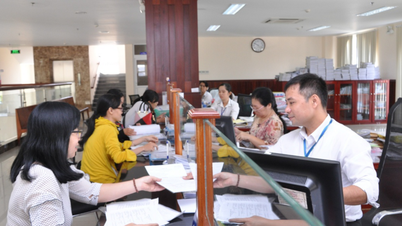
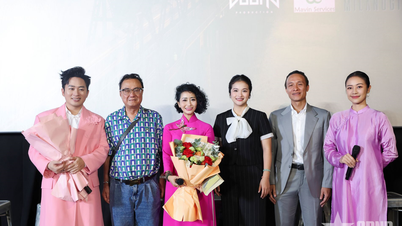

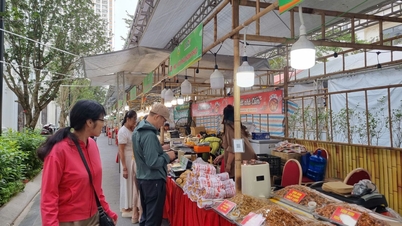

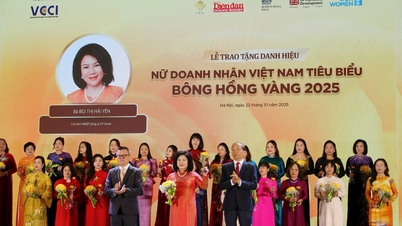


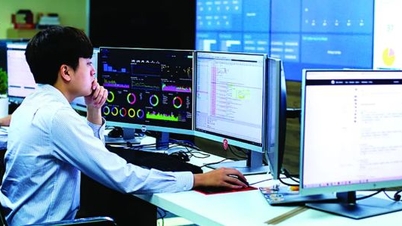

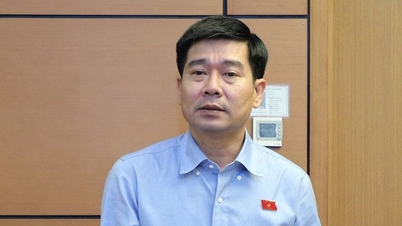
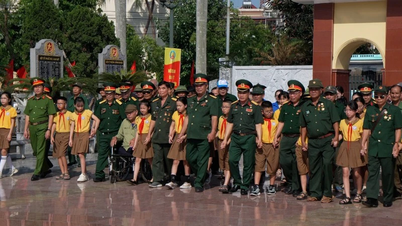




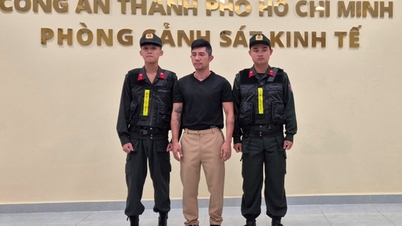

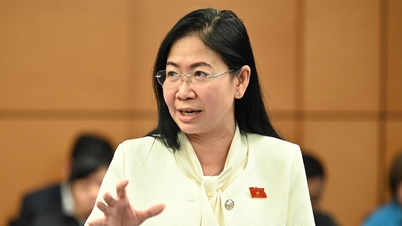




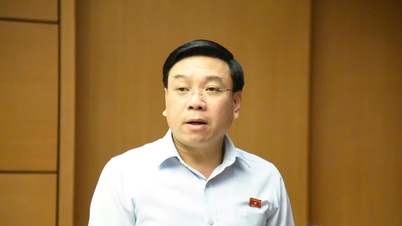

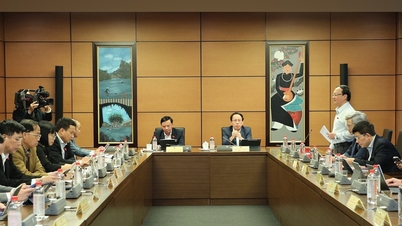
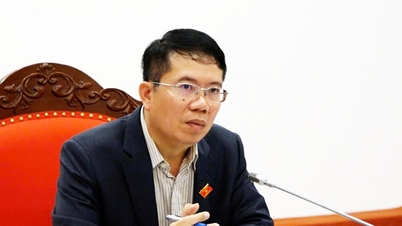
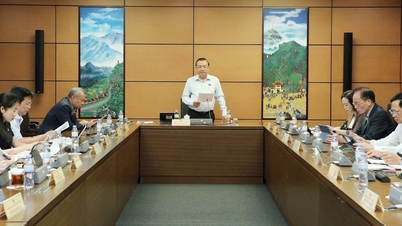
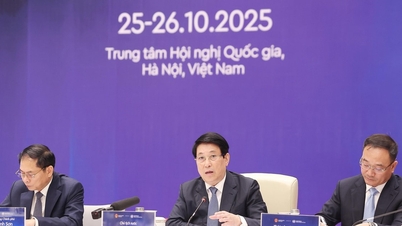











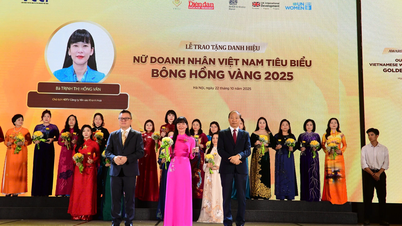

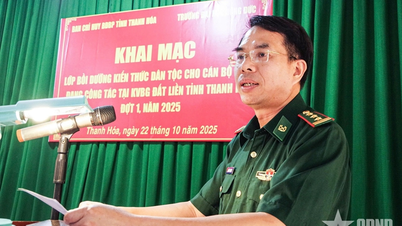


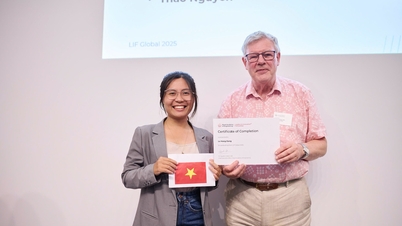



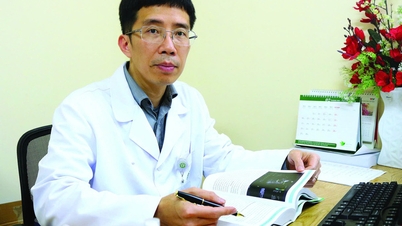

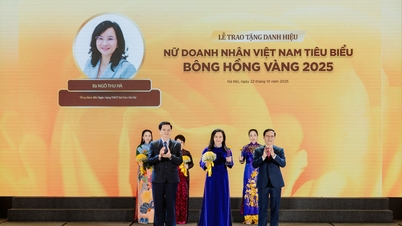

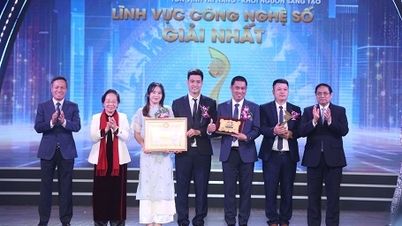
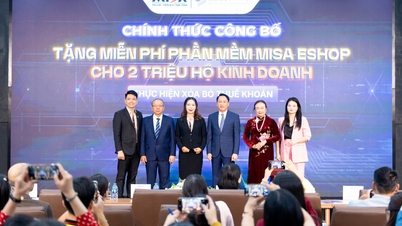


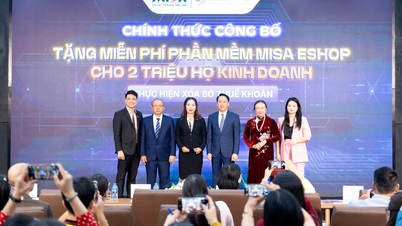








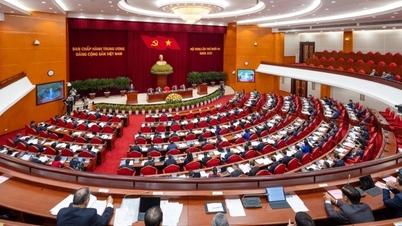
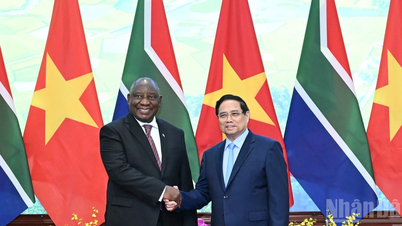
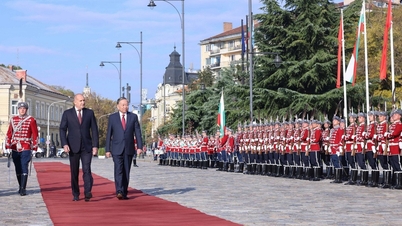

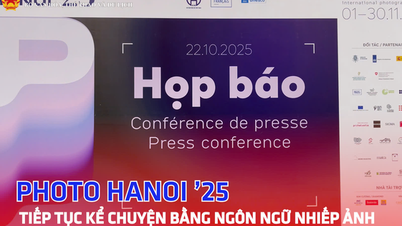


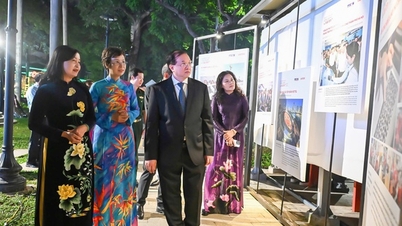
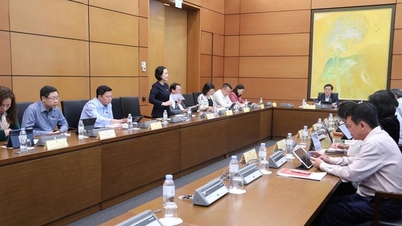
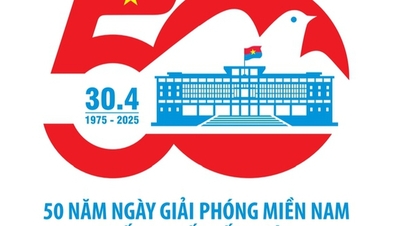
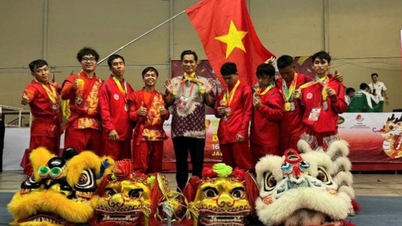
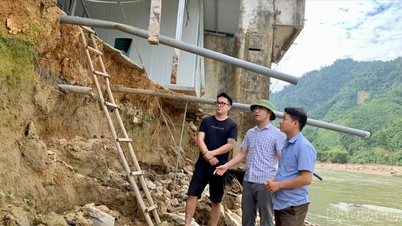

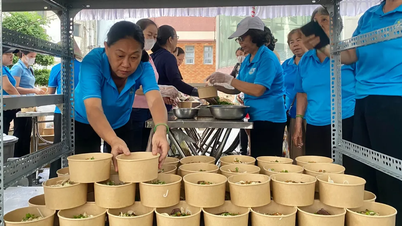


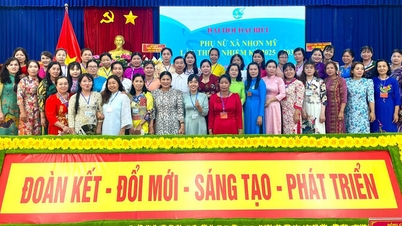


















Comment (0)